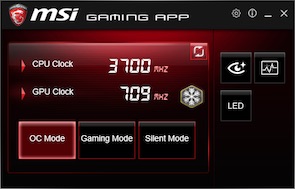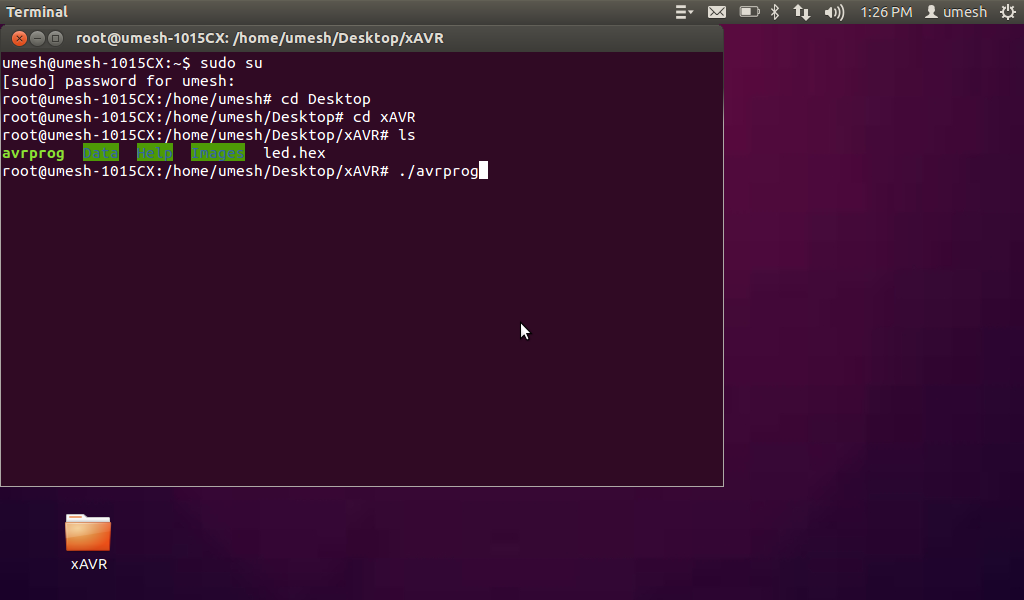
To simplify the procedure, scientists developed erasable programmable read-only memory, EPROM for short. Thus, an update meant replacing the chips. These ROM chips could neither be deleted nor overwritten.

The devices at the time stored computer microcode in ROM chips (read-only memory). The precursors of today's Flash memory appeared as early as the 1970s. If you are new to the topic of caching, and you would like some additional information on choices you might have to make, see the boxes titled "A Little Cache Theory" and "How Flash Works." This article explores the possibilities for caching with the Linux caching tools Enhance IO and dm-cache. Does it help to use an SSD-based flash drive as a cache for a traditional hard disk? We decided to find out. The Linux environment has several tools that provide the necessary software to support hard-disk caching. Caching lets you move the most frequently requested data to an exclusive, fast medium and leave the less-frequently accessed data on the cheaper but slower background medium. If you combine the advantages of a hard disk with an SSD-based cache, you pick up a large performance gain at a reasonable cost.Īn application generally does not want all the data at once most of the data is in the state of being ignored most of the time. Solid state disks (SSDs) are fast, but smaller and more expensive.


Hard disks are inexpensive, and they have huge capacities, but they are also slow.


 0 kommentar(er)
0 kommentar(er)
